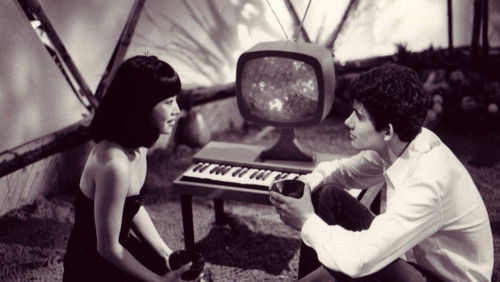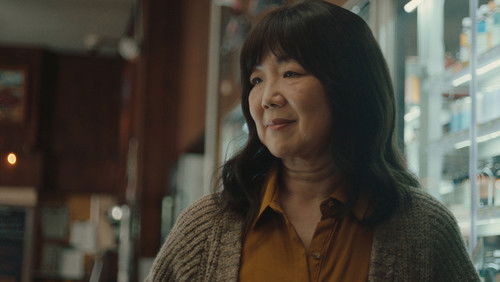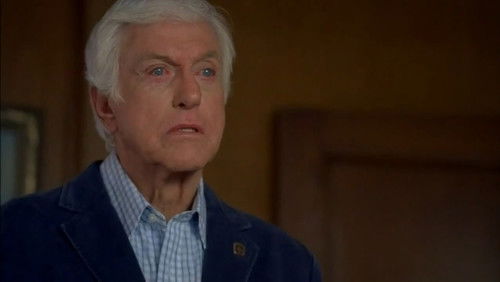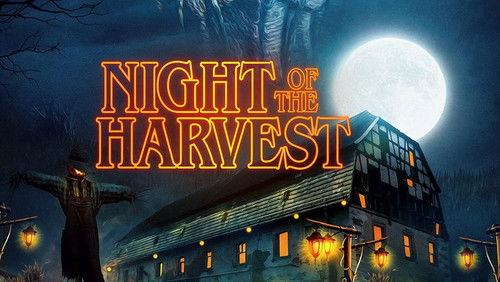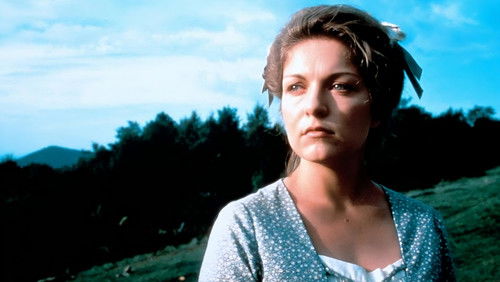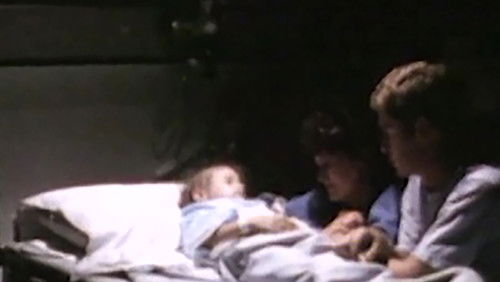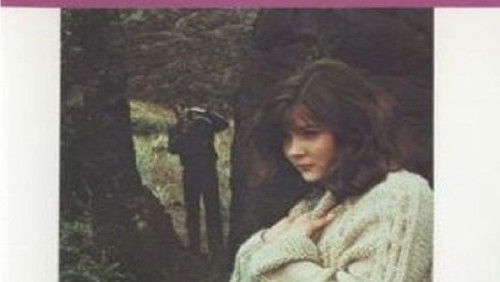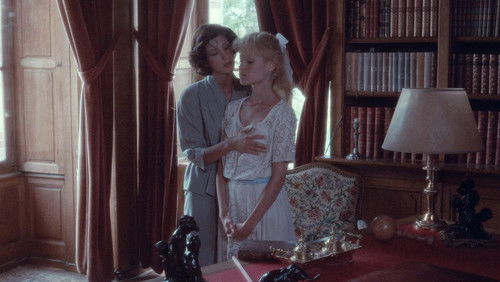Momotarô-zamurai (1957)
61KMomotarô-zamurai: Directed by Kenji Misumi. With Raizô Ichikawa, Yôko Uraji, Seizaburô Kawazu, Michiyo Kogure. A young ronin seeking to kill all evil doers get by accident involved in a big clan conspiracy and have to use the best of his wits to help and stay alive.
“Momotaro zamurai is a mid 50u0026#39;s Daiei film including the huge talents of Raizo Ichikawa and Kenji Misumi. Both would later gain immortal status for their career efforts and this early film shows why they were successful. The story is vaguely drawn from the folk tale of Momotaro, the child samurai who sets out to destroy the evil Oni that are pillaging his local village. In the tale, Momotaro starts on his quest and gathers a team including a Monkey, Dog and Pheasant and expertly utilises each warrioru0026#39;s skills to crush the Ogres. Interestingly, this plot line is later ascribed to Kurosawa in his Seven Samurai (building a team to accomplish a mission) but it is obviously an ancient Japanese plot device. u003cbr/u003eu003cbr/u003eRaizo plays a young man named Momotaro but it is uncertain if it is his given name, or if he assumes the name as an adult. Regardless, he has the same moral compass as the folk legend, punishing evil ogres in Tokugawa era Edo. The basic plot of our story has a lord who produces twins, one who will be a future lord, and the other, Momotaro, who is cast from the clan. Momotaro grows to adulthood and refuses to help the clan that set him adrift. He changes his mind when his blood brother is endangered, and is certainly motivated by a beautiful noble woman named Yuri. He is joined by a couple of thieves, one called Inosuke or u0026#39;monkeyu0026#39; and a woman named Kozusu who may play the u0026#39;pheasantu0026#39; role. Looking for the dog? He isnu0026#39;t in the story. Kozusu loves Momotaro, but she is being manipulated by u0026#39;ogresu0026#39; who want to kill Momotarou0026#39;s brother. The story develops the theme of loyalty that ties the characters together and they are drawn with enough detail so that you can really like them. Raizo plays both Momotaro and his noble brother such that everyone wonders which is which. The difference is only revealed through subtle voice change and mannerism of the kindly noble brother, compared to the charismatic ronin, Momotaro. The story builds to an inevitable conclusion, swords flash and both the good and bad may meet their doom. u003cbr/u003eu003cbr/u003eMisumi brings it all together in a nicely contained story and as always, Daiei offer their brilliant colours, costume and composition. Unlike the Daibosastu Toge trilogy that Misumi and Ichikawa worked on together a couple of years later, this story is very tight and well-constructed. Daiei always did a great job with these types of films (Kiru, Shinsengumi Chronicles, Lone Wolf Isaso, Ken Ki ) where the conclusion was unknown and the suspense was allowed to develop within the confines of the story. u003cbr/u003eu003cbr/u003eFlaws? Raizo never had the sword skills of his contemporaries, and the sword play here is good but not as kinetic as the classics of the genre. Raizou0026#39;s skills include his charisma, and top notch acting capabilities and they were great even in the mid-fifties. I guess Misumi knew this and brought the best out of Raizo. For Misumi, he still needed to develop his story telling capabilities and composition, and his u0026#39;his full colour paletteu0026#39; would not be developed or fashionable for another 15 years. Still, this is a really fun film and worth watching not only to see these stars in their formative years, but also because they were really talented and got this film right.”
